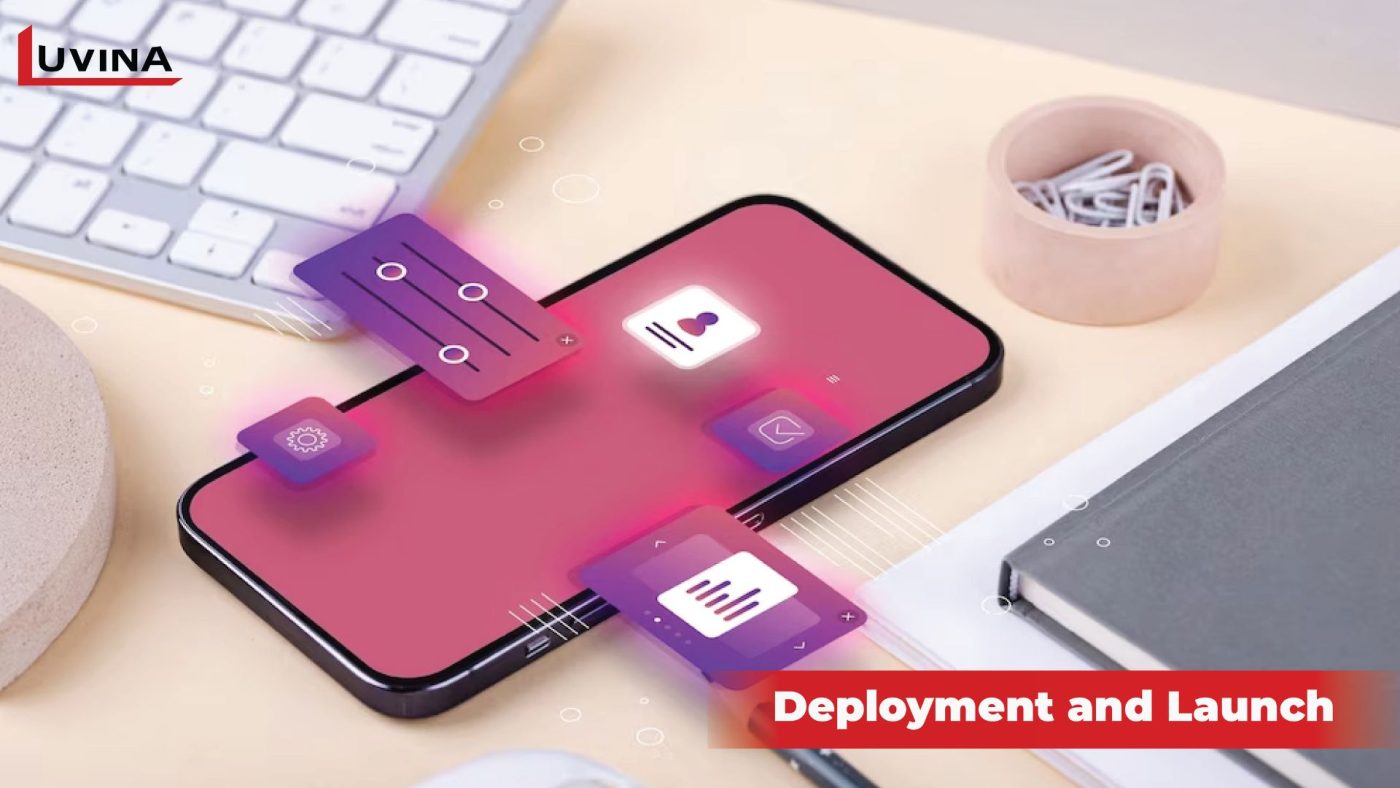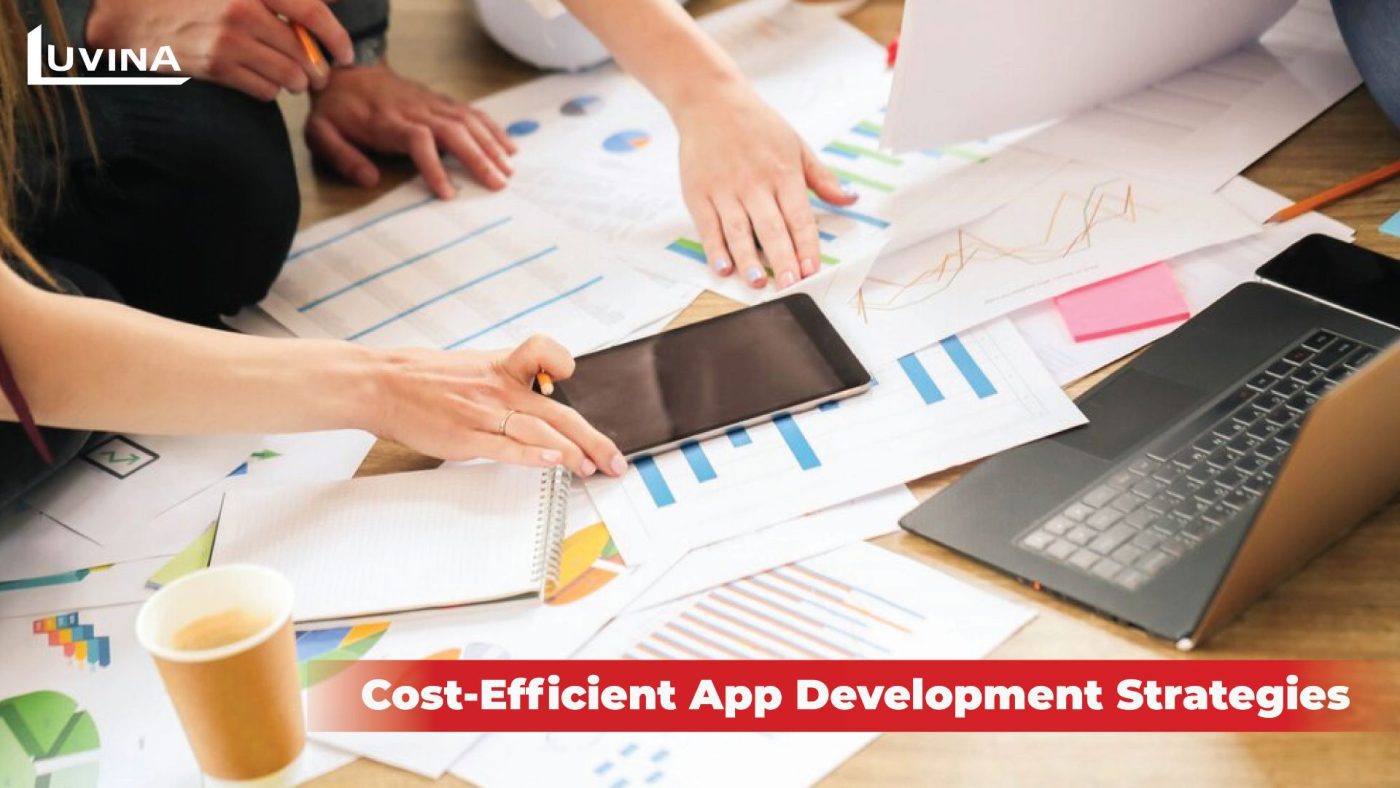The journey from a brilliant app concept to a successful app launch involves numerous steps, each with its own cost considerations. Whether you’re a startup or an established business, understanding the breakdown of app development costs is essential. In this comprehensive guide, we’ll dissect the cost elements at every stage of app development, from the initial concept to the exciting app launch.

Step-by-step to Develop an App
Stage 1: Concept and Planning
In the concept and planning stage, your app’s foundations are laid. Cost factors include:
– Market Research: Analyzing your target audience and competitors incurs research costs.
– Feature Definition: The complexity and number of features significantly impact costs.
– Design Planning: Wireframes and initial designs require design expenses.
– Prototyping: Creating a prototype to visualize the app can come with a price tag.
Stage 2: Design and Prototyping
The design and prototyping phase brings your app’s visual identity to life. Cost breakdown includes:
– Graphic Design: Crafting the user interface and app design.
– User Experience (UX) Design: Ensuring a user-friendly and intuitive interface.
– Prototype Development: Building mockups for testing and validation.
– Iterative Design: Incorporating feedback for enhancements.

Stage 3: Development and Coding
The heart of app development is the development and coding phase, which incurs these costs:
– Development Team: Hiring skilled developers and programmers.
– Platform Selection: Different platforms (iOS, Android, etc.) come with varied costs.
– Third-Party Integrations: Expenses for integrating external services.
– Complex Features: Advanced features and functionalities often require additional development time and cost.
Stage 4: Testing and Quality Assurance
Testing and quality assurance are critical to app success. Cost elements include:
– Testing Team: Quality assurance professionals for rigorous testing.
– Testing Tools: Tools for automated and manual testing.
– Debugging: Identifying and fixing any issues found during testing.
– Security Testing: Ensuring the app is secure against threats.
Stage 5: Deployment and Launch
App deployment and launch require careful budgeting and planning. Expenses include:
– App Store Submission: Fees associated with publishing on app stores.
– Marketing and Promotion: Costs for advertising and promotional activities.
– Initial User Acquisition: Attracting the first wave of users.
– Launch Events: Budget for launch events and promotions.

Hidden Costs and Ongoing Expenses
Hidden costs often lurk beneath the surface in app development. It’s crucial to consider these potential expenses:
– Maintenance and Updates: Ongoing app maintenance incurs costs, ensuring the app remains functional, secure, and updated with the latest features and technologies.
– Third-Party Services: Utilizing external services, APIs, or integrations may involve fees, impacting the overall budget.
– Scaling: As your user base expands, additional infrastructure, server space, or features may be necessary, incurring scaling costs.
– App Monetization: Exploring revenue models like in-app purchases, subscriptions, or ads involves associated costs or revenue-sharing agreements that impact profitability.
By factoring in these potential hidden costs during the app development phase, businesses can better estimate their total investment, ensuring a more accurate budget projection and avoiding unwelcome surprises along the way.
Tips for Cost-Efficient App Development
To achieve cost-efficient app development, consider implementing these strategic approaches:
– Lean Development: Prioritize essential features, avoiding unnecessary functionalities to minimize development costs and streamline the app’s core value proposition.
– Agile Methodology: Adopt an iterative development approach, using Agile methodologies. This enables continuous feedback, quicker iterations, and reduces the risk of costly errors or extensive rework.
– Open Source Tools: Leverage open-source resources, tools, and frameworks to cut costs without compromising quality. These tools often provide robust functionalities and community support at minimal or no cost.
– Outsourcing app development: Explore outsourcing options like partnering with a reputable provider such as Luvina. Outsourcing can significantly reduce development expenses by tapping into specialized expertise, cost-effective resources, and efficient project management.
By incorporating these strategies into your app development process, you can optimize costs while ensuring the timely delivery of a high-quality app that aligns with your budget and business objectives.
>> See more: Top 10 Mobile App Development Companies

Conclusion
As we wrap up this journey through app development costs, remember that thorough knowledge of cost breakdown from concept to launch is your greatest asset. By making informed decisions, leveraging cost-efficient strategies, and exploring outsourcing options like Luvina, you can navigate the world of app development with financial confidence.









Read More From Us?
Sign up for our newsletter
Read More From Us?
Sign up for our newsletter